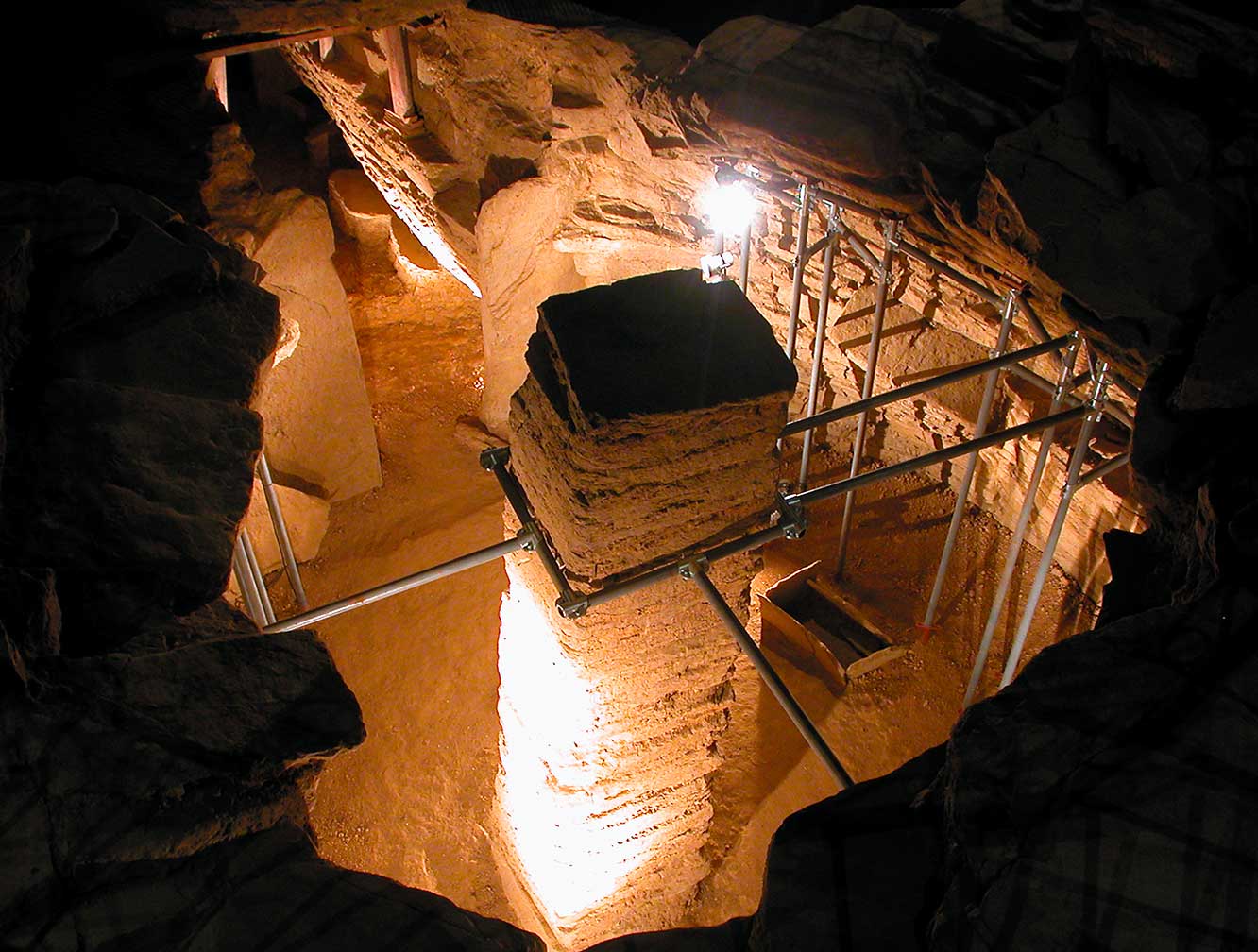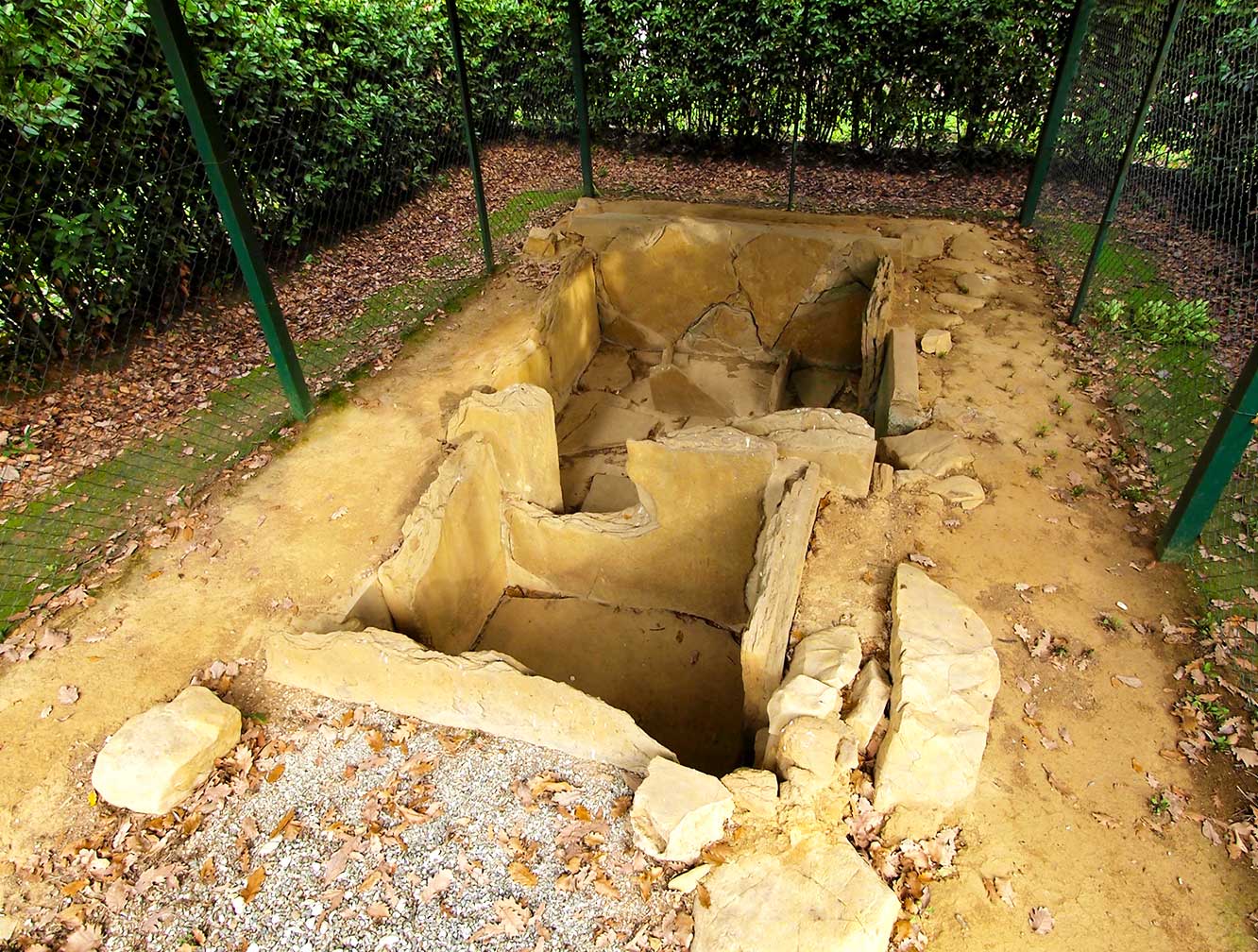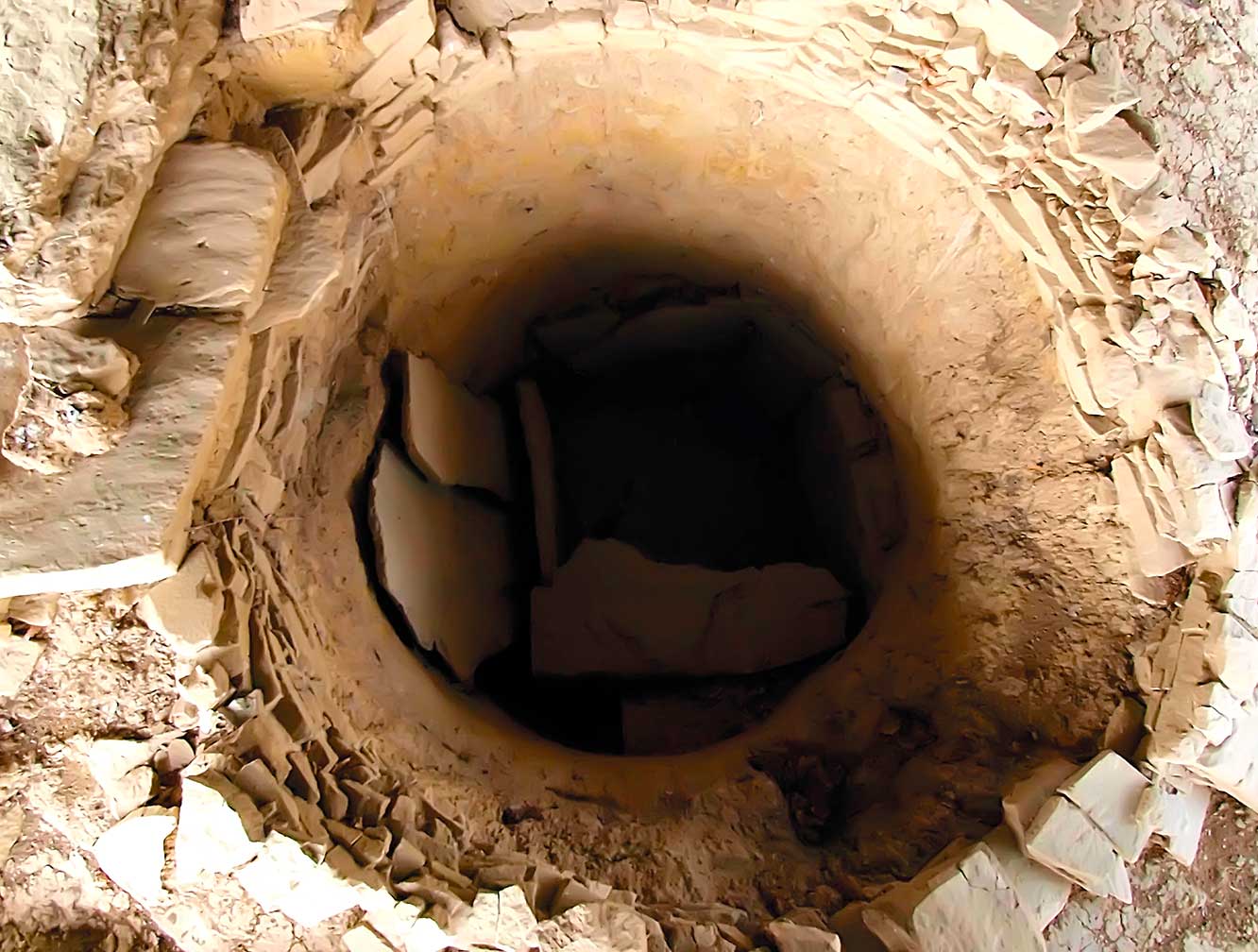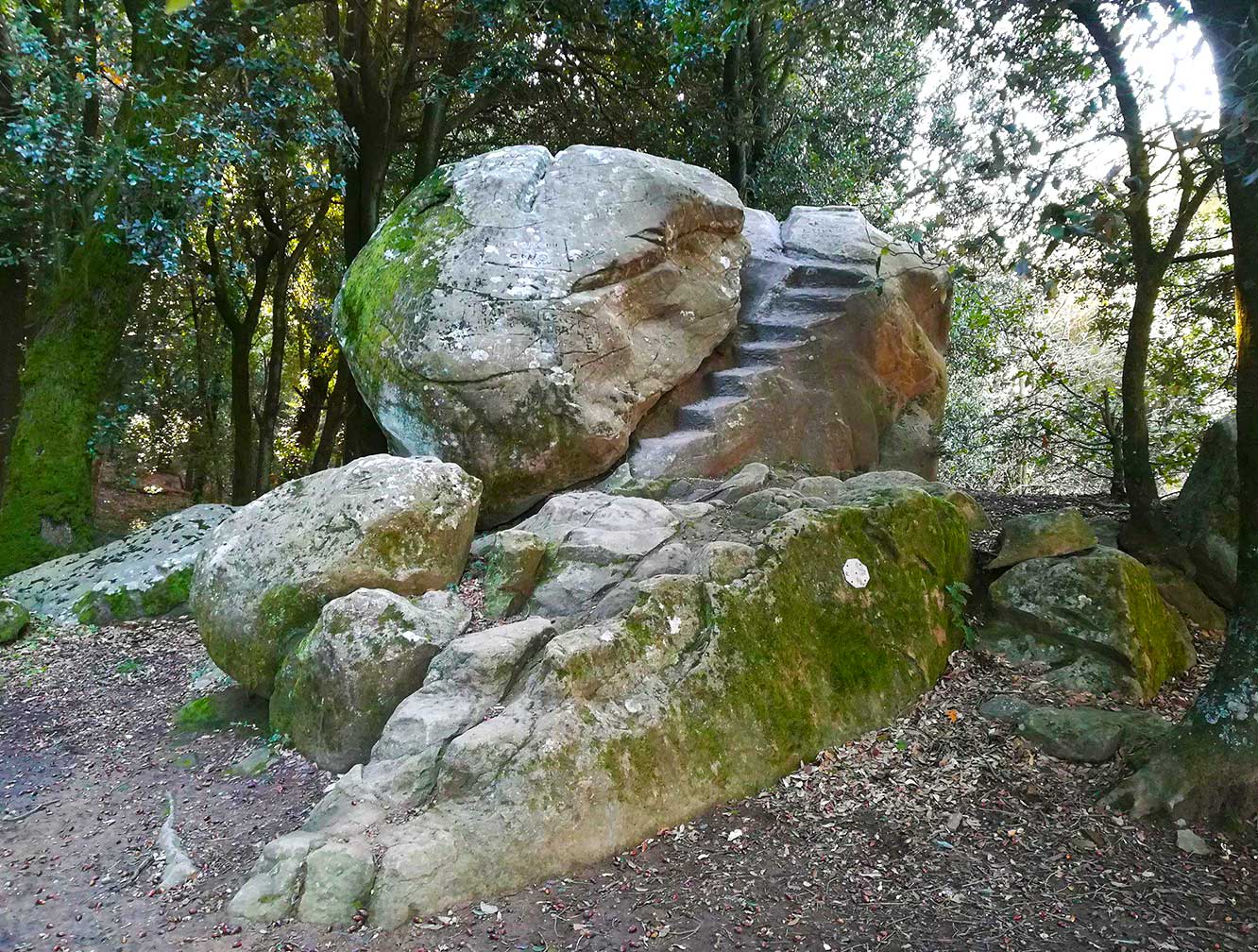Archaeological Park of Carmignano
Archaeological Areas
Splendid Etruscan architectures brought to light by the Superintendency for the Archaeological Heritage of Tuscany from the mid-sixties of the last century until today.
The architectures found revealed an extraordinary cultural and economic flourishing of the Etruscan center of Artimino and its territory from the “orientalizing” period of the Etruscan civilization (7th century BC) and its insertion into vast exchange circuits radius.
Its main testimonies are the noble mounds of the monumental necropolis of Comeana with the grandiose Tumulus of Montefortini and the one that rises not far from the Tomba dei Boschetti, the Necropolis of Prato Rosello, in addition to the remains of the town of Artimino and the Etruscan settlement of Pietramarina.
COMEANA
The Montefortini tumulus is the main witness to the extraordinay knowledge of the cultural development of the Carmignano territory during the Etruscan times and is one of the most important monument of the Tuscany.
COMEANA
Another type of funerary architecture of the orientalizing period is attested by the Tumulo dei Boschetti and has comparisons in the necropolis of Prato Rosello. What remains of the two grave goods found in the tomb testifies to the high level of local clients during the first half of the 7th century BC.
ARTIMINIO
Immersed in the green hills of Artiminio, a short distance from the splendid Villa Medicea, a spectacular example of an Etruscan necropolis from the end of the 8th century – early 6th century BC, characterized by the presence of tumulus tombs.
There are five visible tombs and among these stand Tumulo B – with the tomb of a warrior with a large well and a chamber tomb – and Tumulo C.
LOCALITÀ SAN GIUSTO
Located in one of the most fascinating places in Montalbano, in a panoramic position on one of the top of the mountain, the archaeological and naturalistic area of Pietramarina allows you to see the remains of a fortified sanctuary area occupied for a long period of time, up to the 1st century BC.
COMEANA
The Montefortini tumulus is the main witness to the extraordinay knowledge of the cultural development of the Carmignano territory during the Etruscan times and is one of the most important monument of the Tuscany.
COMEANA
Another type of funerary architecture of the orientalizing period is attested by the Tumulo dei Boschetti and has comparisons in the necropolis of Prato Rosello. What remains of the two grave goods found in the tomb testifies to the high level of local clients during the first half of the 7th century BC.
ARTIMINIO
Immersed in the green hills of Artiminio, a short distance from the splendid Villa Medicea, a spectacular example of an Etruscan necropolis from the end of the 8th century – early 6th century BC, characterized by the presence of tumulus tombs.
There are five visible tombs and among these stand Tumulo B – with the tomb of a warrior with a large well and a chamber tomb – and Tumulo C.
LOCALITÀ SAN GIUSTO
Located in one of the most fascinating places in Montalbano, in a panoramic position on one of the top of the mountain, the archaeological and naturalistic area of Pietramarina allows you to see the remains of a fortified sanctuary area occupied for a long period of time, up to the 1st century BC.
Sign up for our Newsletter
Please register to have regular updates, in Italian, on our activities.
We send at most five mails a month.








